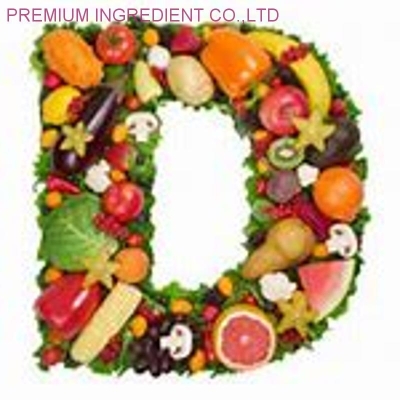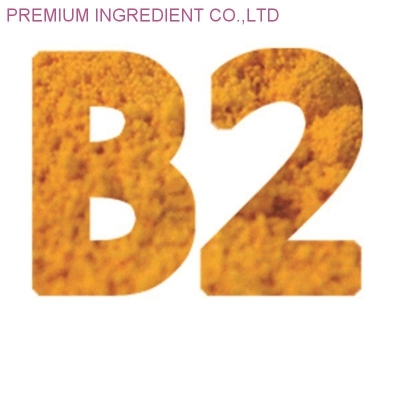-
Categories
-
Pharmaceutical Intermediates
-
Active Pharmaceutical Ingredients
-
Food Additives
- Industrial Coatings
- Agrochemicals
- Dyes and Pigments
- Surfactant
- Flavors and Fragrances
- Chemical Reagents
- Catalyst and Auxiliary
- Natural Products
- Inorganic Chemistry
-
Organic Chemistry
-
Biochemical Engineering
- Analytical Chemistry
- Cosmetic Ingredient
-
Pharmaceutical Intermediates
Promotion
ECHEMI Mall
Wholesale
Weekly Price
Exhibition
News
-
Trade Service
Yeast extract is a common ingredient in many food products and is also used in the pharmaceutical and cosmetic industries.
It is a rich source of nutrients, including amino acids, peptides, and organic acids, which make it a valuable ingredient for a variety of applications.
The synthetic route for yeast extract can vary depending on the desired end product, but there are several common methods used in the chemical industry.
One of the most common synthetic routes for yeast extract involves the use of microbial fermentation.
In this process, yeast cells are grown in a nutrient-rich medium and then harvested and processed to extract the desired components.
Microbial fermentation is a widely used method for producing yeast extract and other biotechnology products, as it allows for the large-scale production of a consistent and pure product.
Another synthetic route for yeast extract involves the use of chemical synthesis methods.
This method involves the synthesis of the various components of yeast extract in a laboratory setting using chemical reactions.
Chemical synthesis can be used to produce small amounts of yeast extract for research purposes or to produce specialized or custom-made products.
A third synthetic route for yeast extract involves the use of enzymatic hydrolysis.
In this process, yeast cells are broken down using enzymes to release the desired components.
This method is often used to produce yeast extract for use in the pharmaceutical and cosmetic industries, as it allows for the selective extraction of specific components.
Once the desired components of yeast extract have been synthesized or extracted, they are typically processed to remove impurities and to concentrate the product.
This may involve methods such as filtration, centrifugation, or chromatography.
The resulting product is then typically dried and packaged for use in various applications.
In conclusion, the synthetic routes for yeast extract vary depending on the desired end product and the methods used in the chemical industry.
Microbial fermentation, chemical synthesis, and enzymatic hydrolysis are all common methods used to produce yeast extract, which is a valuable ingredient in many food, pharmaceutical, and cosmetic products.







